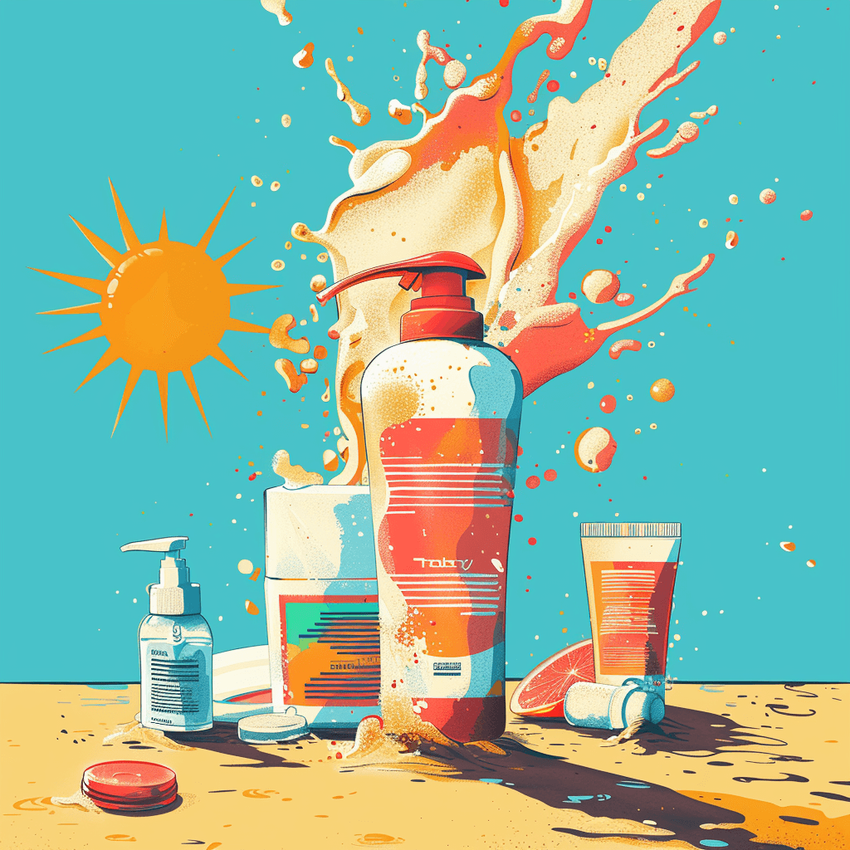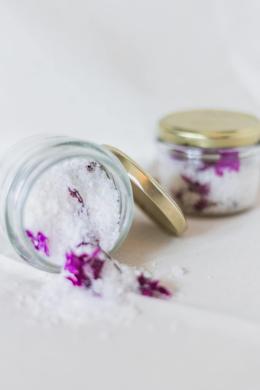The Sunscreen Surprise: What You Don't Know Could Hurt You

By Wildr Editor

We all know the importance of applying sunscreen to protect our skin from harmful UV rays. But what if I told you that the very sunscreen you're slathering on could actually be toxic to your health?
Recent studies have raised alarming concerns about the safety of ingredients found in many sunscreens, even those marketed as gentle and "safe" options like zinc oxide. But not to worry - as an informed consumer you can make smarter choices going forward, to protect your skin and overall wellbeing.
For years, zinc oxide has been praised as one of the better sunscreen ingredients for sensitive skin. However, research revealed that after just two hours of UV exposure, zinc oxide sunscreen particles become toxic and lose their effectiveness as UV blockers.
The study found that zinc oxide nanoparticles can generate free radicals that damage cells and DNA when exposed to sunlight. So much for the "safe" solution!
But don't fret - our research tells us that mineral sunscreens with non-nano zinc oxide still remain an effective option.
The key concern with zinc oxide nanoparticles is that they can penetrate skin cells, where they become toxic when exposed to UV rays. In contrast, non-nano zinc oxide particles are too large to be absorbed into cells, so they remain on the outer skin layer to block UV without the toxic risks.
Look for labels like “non-nano zinc oxide” on your next bottle of sunscreen.
Unfortunately, many common chemical sunscreen filters like oxybenzone have been found to disrupt hormone activity in the body. These chemicals are absorbed through the skin and enter the bloodstream, with links to reproductive and developmental issues. Not ideal, but knowledge is power! Understanding these risks allows you to be selective.
So what's the solution? Experts recommend choosing mineral "physical blocker" sunscreens with non-nano zinc oxide or titanium dioxide, as they are less likely to be absorbed into the body. Creams and lotions are preferable over spray formulas too. The good news is safe, quality sunscreens do exist - it's just a matter of being a smart label reader.
Of course, limiting excessive sun exposure through protective clothing, hats, and shade is one of the best defenses. But some sunshine is important for vitamin D, so moderation is key.
At the end of the day, we as consumers need to be mindful about the products we're putting on our bodies, even ones labeled as "safe" sunscreens.
Educating ourselves on ingredients and latest research allows us to make informed choices to stay protected without sacrificing our health in the process.
Most importantly, don’t let this stop you from having fun! So get your swimsuit on, your hat, and high uva sunscreen, and go out and have fun. Your skin (and overall wellbeing) will thank you.



